From Carl Lewis to Usain Bolt: Discover How Black Sprinters Have Dominated the 100 Meters at the World Championships
The 100 meters, often dubbed the “crown jewel” of athletics, embodies the pinnacle of human speed. But beyond the timers and records, this discipline also reflects a history, a culture, and above all, the undeniable dominance of athletes of African descent. With each new edition of the World Championships, the world witnesses not just a sporting competition but also a celebration of Black excellence. Why does this race fascinate so much? How have the performances of Black athletes redefined global sprinting standards? Let’s explore.
I. Heroes and Heroines of the 100 Meters: An Unquestionable Domination
The Pioneers (1983-1995)
The World Athletics Championships were inaugurated in 1983 in Helsinki, and from this first edition, the 100 meters captured global attention. This race, where every fraction of a second counts, quickly became the playground of Black athletes who have left a lasting mark on the history of the discipline.
Carl Lewis, an American sprinter and true sports legend, won the first three editions of the World Championships in the 100 meters (1983, 1987, 1991). With his fluid style and ability to maintain top speed throughout the distance, Lewis was not just a champion; he was a symbol of Black excellence in sports. His triumph in Helsinki, where he dominated the final with a time of 10.07 seconds, marked the beginning of a new era for Black sprinters. His impact extended beyond his performances on the track; he also inspired a generation of young Black athletes to believe in their abilities and strive for excellence.
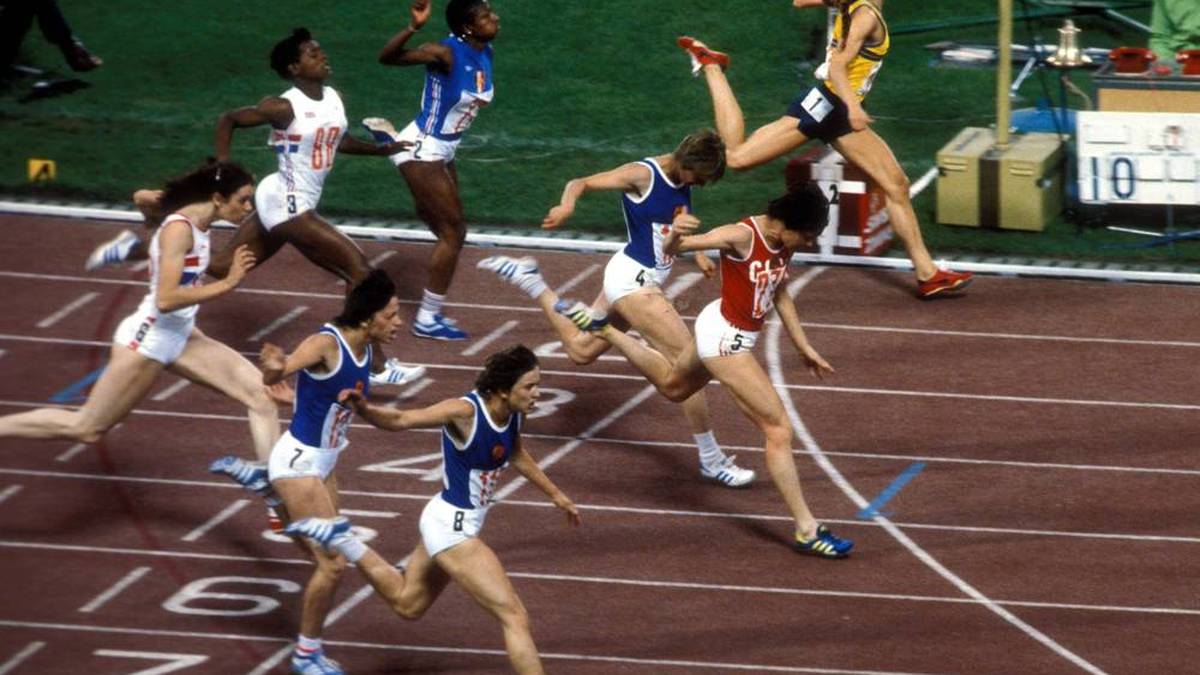
Among the women, East Germany’s Marlies Göhr was one of the first major figures in sprinting, winning the world title in 1983 with a time of 10.81 seconds. Although she was not of African descent, her influence paved the way for Black female sprinters who would come to dominate the discipline in the following decades. The performances of Göhr and her contemporaries demonstrated that the women’s 100 meters could be just as captivating and competitive as the men’s event.
The Rise of Superstars (1997-2015)
The following decades saw the rise of true superstars, athletes who not only dominated global sprinting but also became cultural icons. Usain Bolt, with his relaxed smile, iconic poses, and extraordinary performances, is arguably the greatest sprinter of all time. Bolt, nicknamed “Lightning Bolt,” captivated the world with his world record of 9.58 seconds set in Berlin in 2009. This record, which remains unmatched, is the result of a unique combination of raw talent, rigorous training, and an exceptional understanding of sprinting biomechanics.
Maurice Greene, who dominated the sprint scene in the late 1990s and early 2000s, also left an indelible mark. Greene, nicknamed “The Missile,” won three consecutive world titles (1997, 1999, 2001), proving that his dominance was no fluke. His ability to focus under pressure and maintain impeccable technique even in the most stressful conditions made him one of the most respected sprinters of his time.
Among the women, Shelly-Ann Fraser-Pryce, the Jamaican “Pocket Rocket,” redefined what it means to be an elite sprinter. With four world titles (2009, 2013, 2015, 2019) and two Olympic gold medals, Fraser-Pryce proved that she was not only fast but also incredibly consistent. Her ability to maintain her form and speed over the years is a testament to her discipline, work ethic, and love for the sport.
The New Faces of Sprinting (2017-2023)
AAs we enter recent times, the 2024 Paris Olympics and the latest World Championships have revealed a new generation of talents ready to carry the torch. Noah Lyles, an American sprinter, has established himself as one of the best hopes in global sprinting. With his explosive style and infectious energy, Lyles embodies the future of the 100 meters. At the 2023 World Championships in Budapest, he won the world title with a time of 9.83 seconds, matching the year’s best performance. Lyles is not just a sprinter; he is also an ambassador of African-American culture, using his platform to advocate for causes close to his heart.
Sha’Carri Richardson, another rising American star, made headlines in 2023 by winning the women’s world title with a time of 10.65 seconds, a championship record. Richardson, with her flamboyant hair and confident attitude, quickly captured the attention of the media and fans worldwide. She represents not only the new generation of female sprinters but also a new era where athletes use their voices to speak out on social and cultural issues.
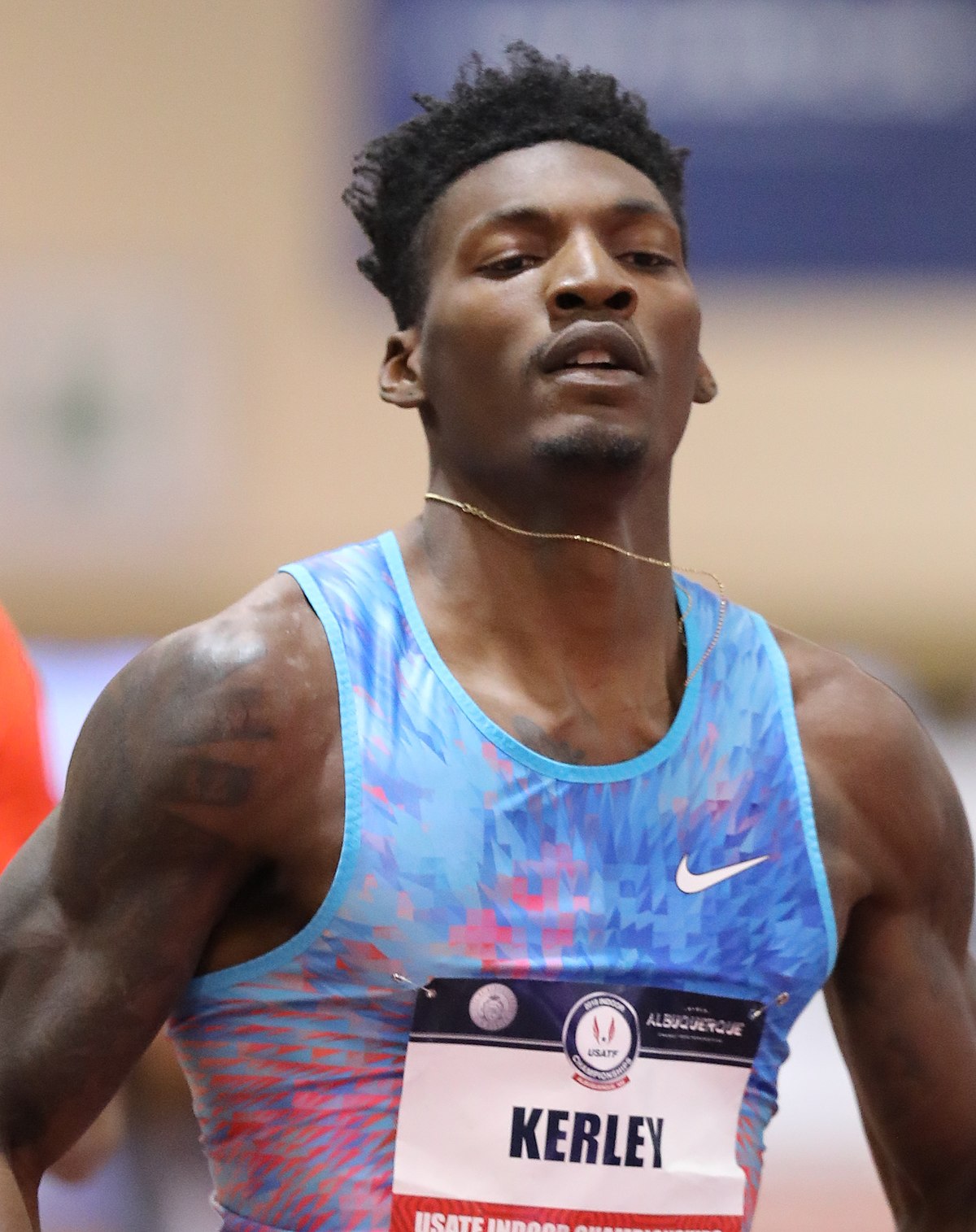
Fred Kerley, meanwhile, has established himself as one of the most versatile and consistent sprinters of his generation. World champion in 2022, he has also frequently stood on the podium in major competitions, proving that he is one of the best in the field.
II. The Science Behind Speed: How Today’s Champions Push the Limits
Understanding the Biomechanics of Champions
The performances of these champions are often seen as natural feats, but behind every record lies complex science. Biomechanics, the study of human movement, plays a central role in the preparation of modern sprinters. Black athletes, in particular, benefit from certain physical characteristics that, combined with rigorous training, allow them to maximize their potential.
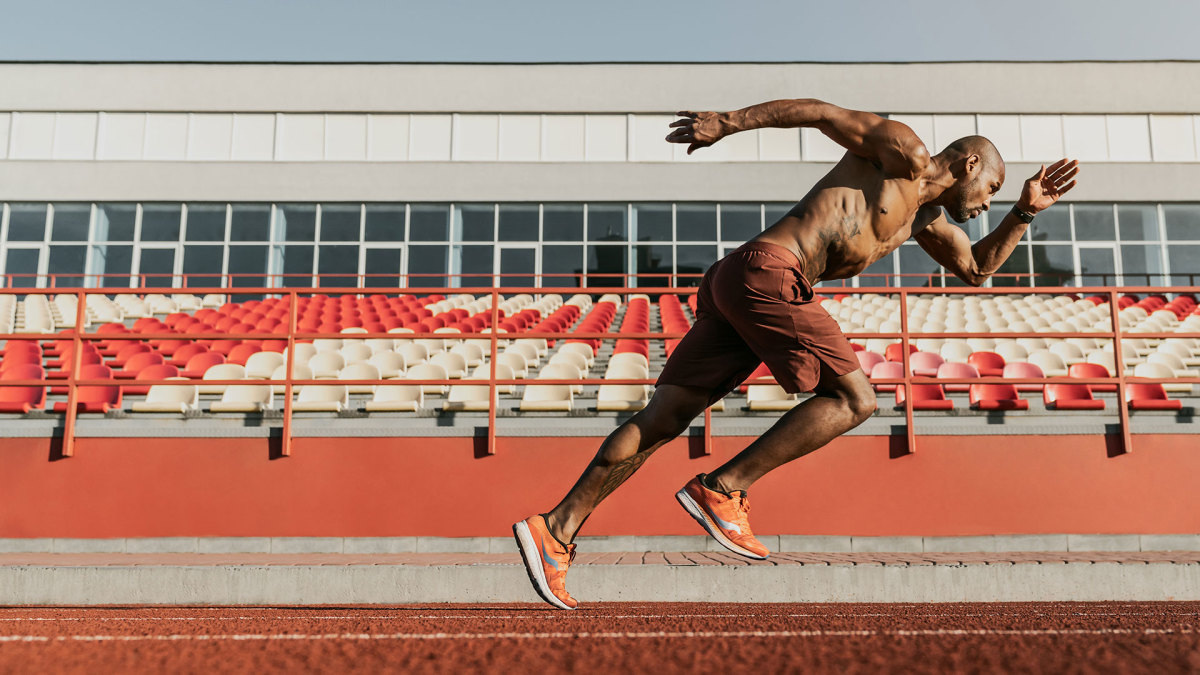
Long, muscular legs, light bone structure, and the ability to produce high levels of explosive power are some of the traits that favor exceptional sprinting performances. But beyond these physical aspects, it’s the mastery of technique that makes the difference. Every phase of the 100 meters—the start, acceleration, maximum speed phase, and deceleration—is studied and optimized to ensure peak performance.

Elite sprinters spend hours perfecting their start, adjusting their posture, synchronizing their movements to minimize air resistance, and maximizing their propulsion. This attention to detail is what transforms a good sprinter into a world champion.
Technological Innovations Driving Performance
In addition to biomechanics, technology has played a crucial role in the evolution of sprinting. Modern running shoes, for example, are designed to offer optimal energy return, allowing sprinters to maintain their speed over a longer distance. Carbon-plated shoes, which have gained popularity in recent years, are an excellent example of this innovation. They are designed to be lightweight while offering extra bounce, which can make all the difference in a race as short as the 100 meters.

Synthetic tracks have also evolved to offer better traction and reduce the impact on athletes’ joints. These tracks are designed to minimize energy loss, allowing sprinters to convert each stride into maximum speed. The evolution of these surfaces has enabled athletes to achieve speeds that were once deemed impossible.
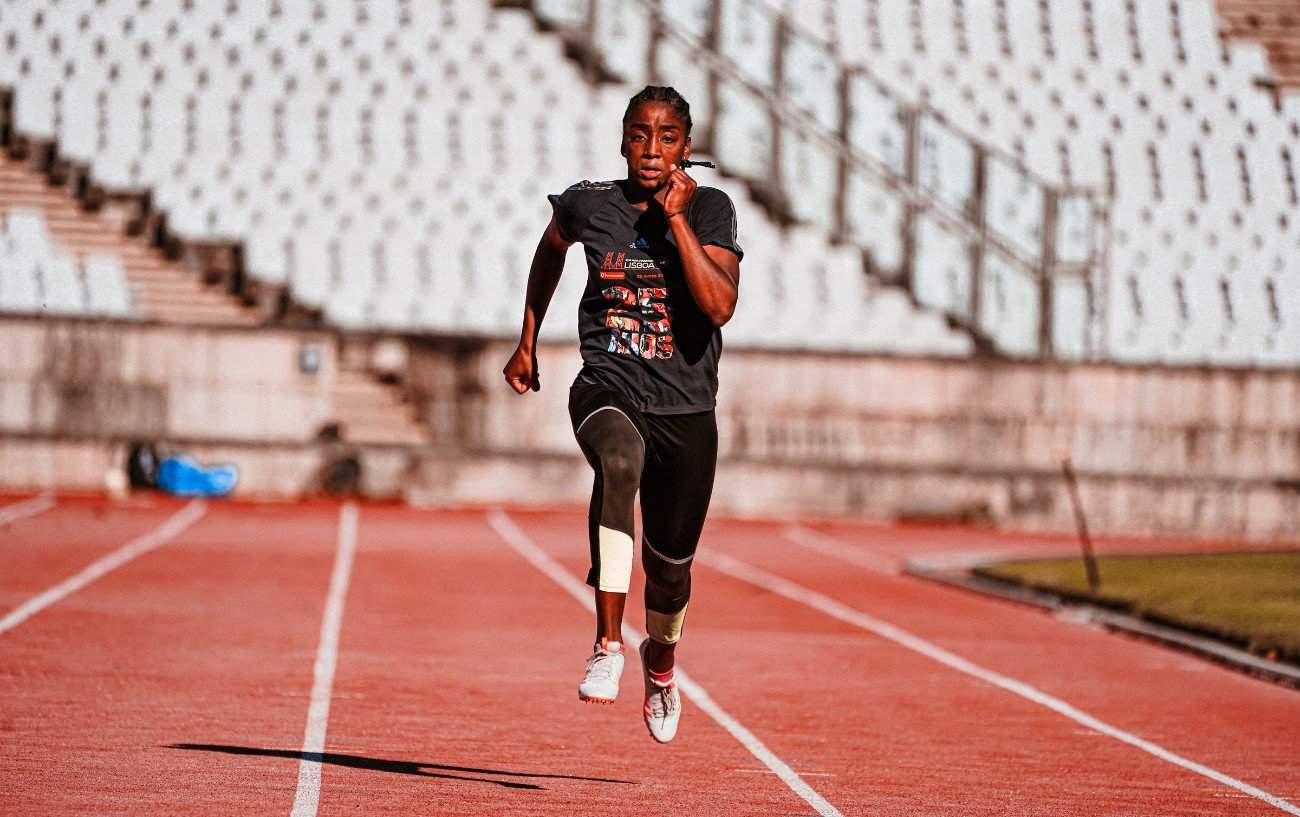
Advances in data analysis have also revolutionized the way athletes train. Coaches now use sensors and high-speed cameras to analyze every movement of their athletes, allowing them to identify inefficiencies and adjust their techniques accordingly. This scientific approach to training has enabled sprinters to gain precious hundredths of a second, which can make the difference between a gold medal and a fourth-place finish.
Training and Mental Preparation: Shaping Tomorrow’s Champions
Physical training is just one part of the equation. Mental preparation is just as crucial for elite sprinters. The 100 meters is a race where the pressure is immense. A single mistake, a false start, or hesitation can cost victory. That’s why athletes spend as much time preparing mentally as they do physically.
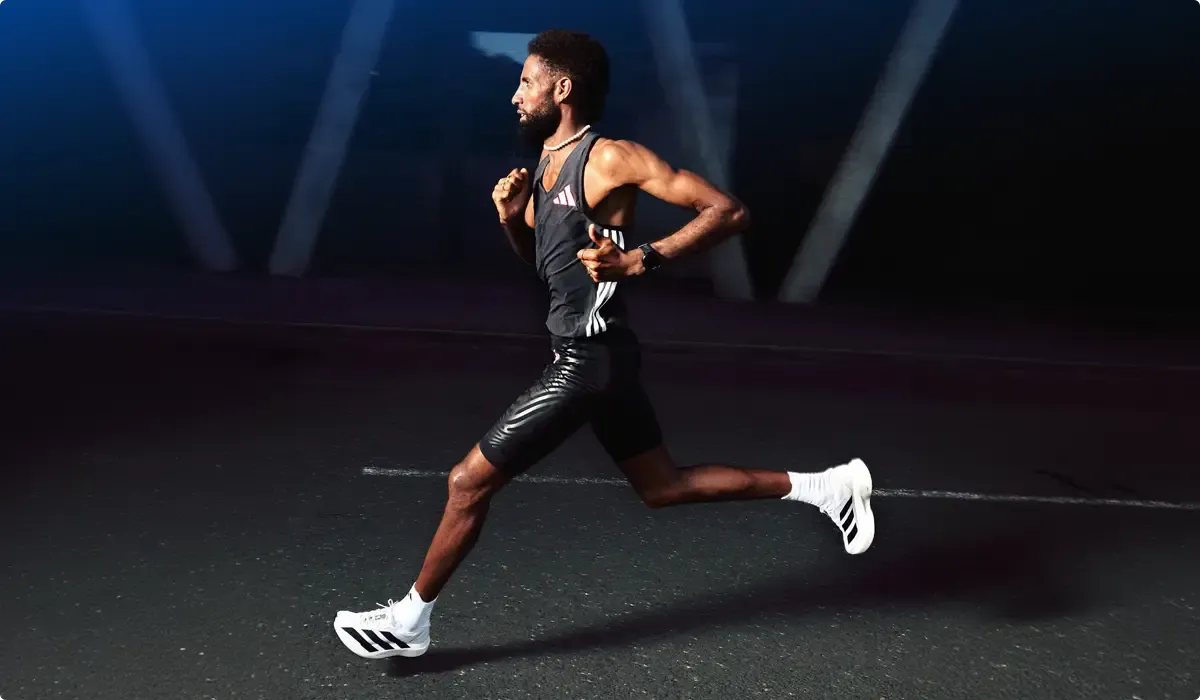
Black athletes, in particular, are often faced with high expectations. They are not only running for themselves but also for their community, their country, and sometimes even for history. This pressure can be overwhelming, but it’s also what drives them to surpass themselves.
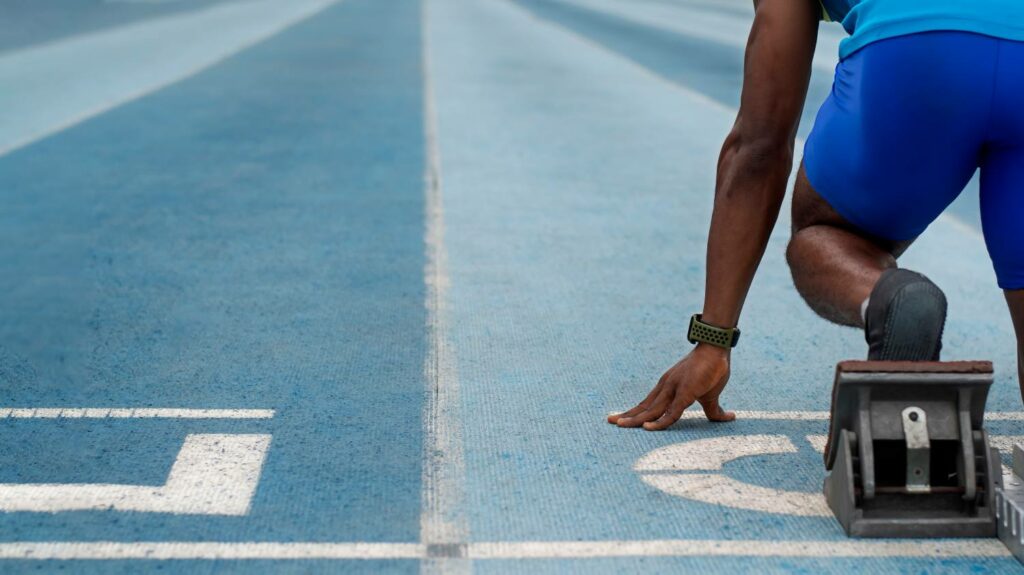
Visualization techniques, meditation, and mental coaching have become essential tools for these athletes. By visualizing their race before even stepping onto the track, sprinters can prepare for all eventualities and reduce stress. Meditation helps maintain focus and stay calm under pressure. Finally, mental coaching helps athletes develop unwavering self-confidence, an essential quality for reaching the top.
III. The 100 Meters: Between Glory and Personal Challenges
Being a Black athlete in a highly publicized discipline like the 100 meters means carrying the weight of millions of people’s expectations. The whole world is watching, ready to celebrate your successes or criticize your failures. For these athletes, the pressure is immense. They do not only represent themselves but also their community, their country, and sometimes even a larger cause.
Usain Bolt, for example, was not just a sprinter; he was a symbol of Jamaica, a small country that, thanks to him, became a global sprinting superpower. Every time he lined up at the start, expectations were enormous. Yet, Bolt always delivered, thanks to a combination of natural talent, mental preparation, and self-confidence.
But even the greatest champions are not immune to missteps. At the 2011 World Championships in Daegu, Bolt was disqualified for a false start in the 100 meters final, leaving victory to his compatriot Yohan Blake. This incident reminded us that, despite their superstar status, these athletes are still human, subject to the same doubts and weaknesses as everyone else.
But it is often in adversity that legends are forged. Many sprinters, after a fall, injury, or defeat, have bounced back even stronger. Shelly-Ann Fraser-Pryce, for example, has gone through difficult times, notably due to injuries, but she has always come back stronger, adding to her already impressive record.
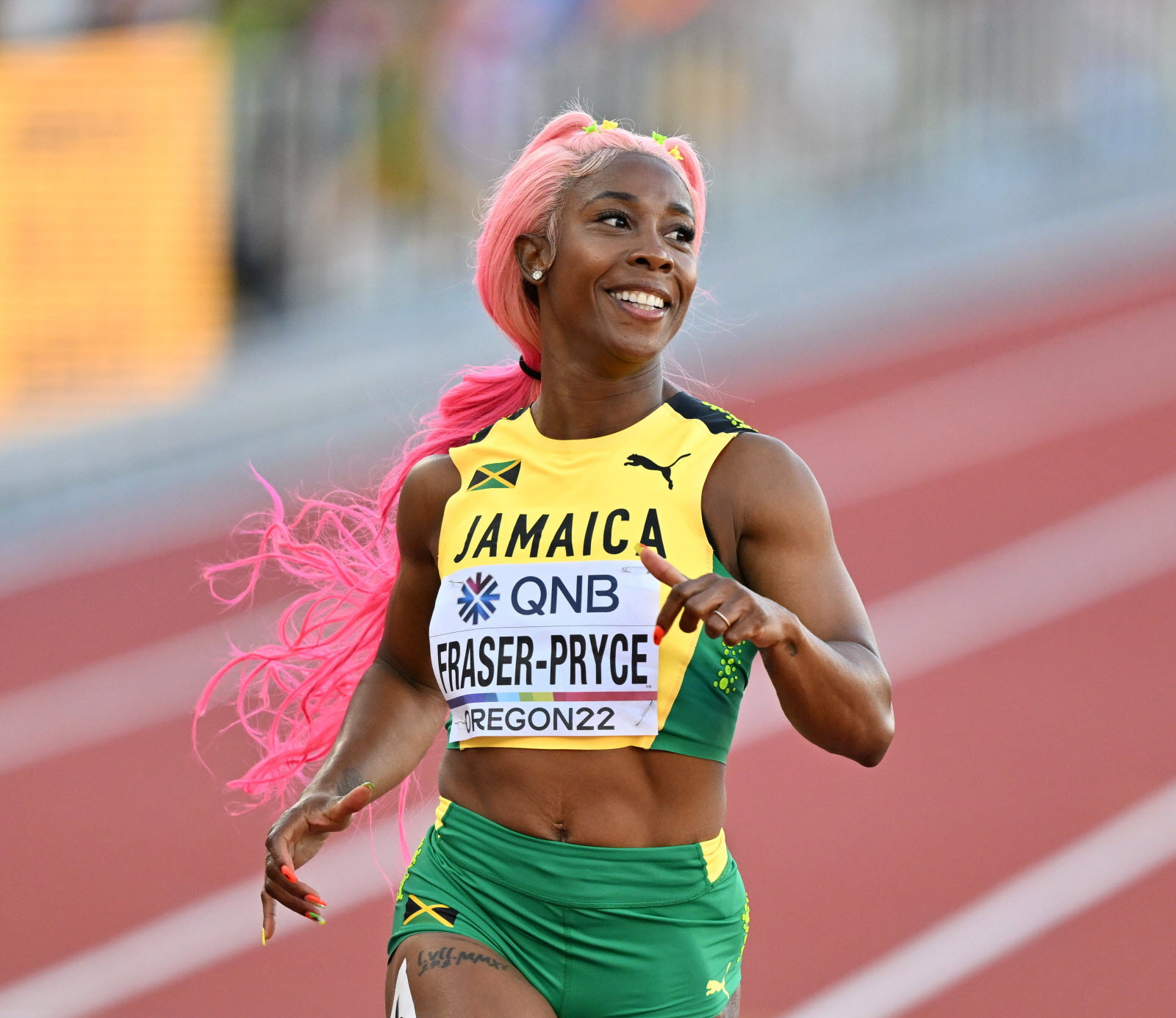
These stories of resilience are what make the 100 meters so captivating. They show that, despite challenges, the spirit of victory remains unshakable. And it’s this ability to overcome obstacles, to rise after a fall, that makes these athletes champions, not only on the track but also in life.
Finally, it is impossible to talk about the 100 meters without mentioning the African-descended culture that permeates this discipline. The values of resilience, perseverance, and pride, inherited from history and traditions, often motivate these athletes to give their best. Whether it’s dancing before a race like Usain Bolt or fighting for a triumphant comeback like Shelly-Ann Fraser-Pryce, culture is at the heart of their performances.
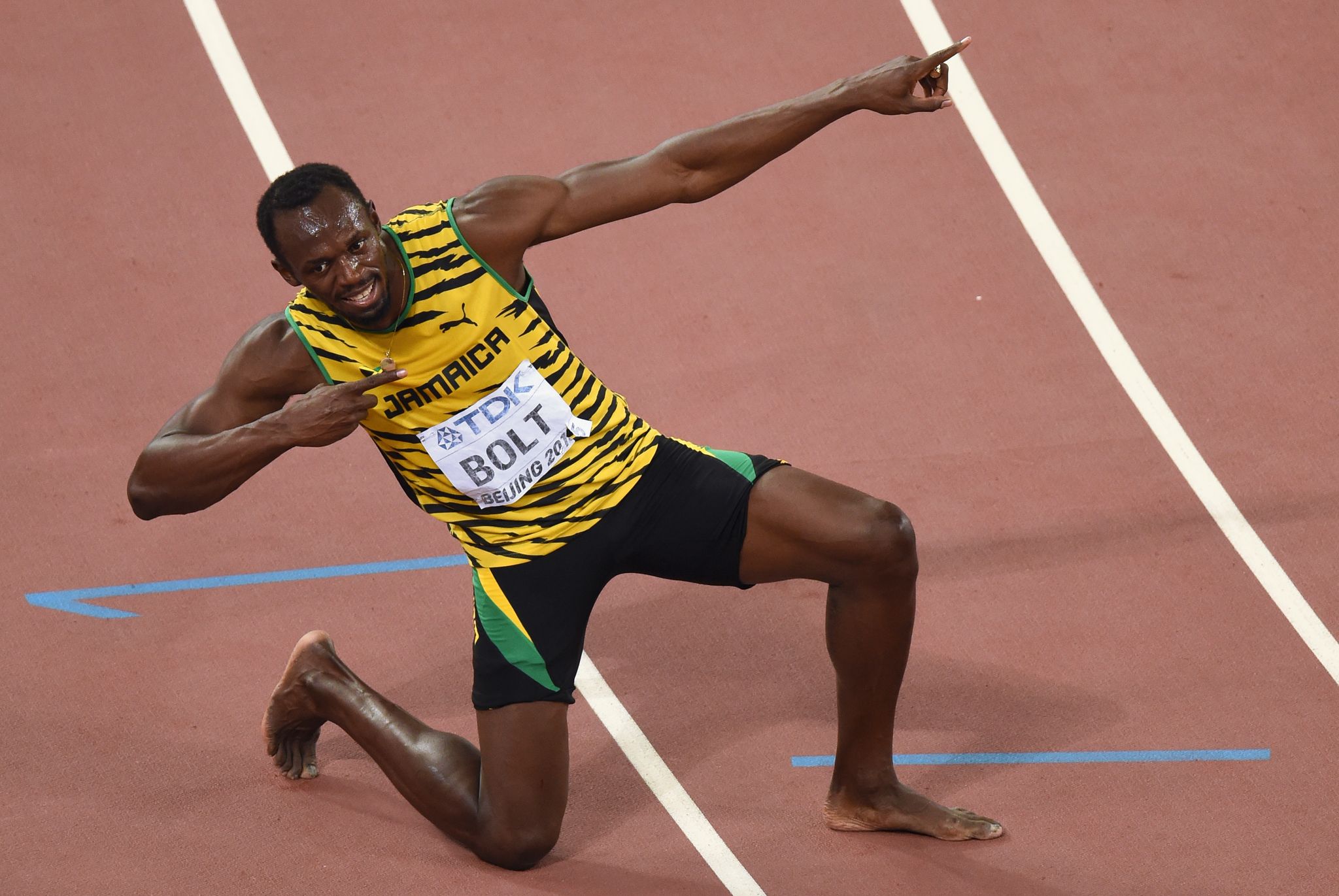
This cultural connection is not limited to the athletes themselves; it is also shared by their fans, who see them as more than just sports figures. They are symbols of strength, resilience, and the potential of the African diaspora. That’s why every victory, every record broken, is celebrated not only for the sporting achievement but also for what it represents.
The 100 meters at the World Athletics Championships is much more than just a race for speed. It is a stage where moments of glory, challenge, and resilience are played out, embodied by Black athletes who annually redefine the limits of human performance. As we look to the future, we can be sure that these champions will continue to push the boundaries of what is possible, inspiring future generations to do the same. Let the legacy continue!
Notes and References
- Biomechanics of Champions: World Athletics and IAAF have published several studies on the impact of biomechanics on the performance of Black sprinters.
- Technological Innovations and Performance: Performance analysis with modern equipment, World Athletics.
- Culture at the Heart of Performance: “Culture is at the heart of their performances” – Exploration of the values of the African diaspora and their impact on athletes, Nofi Media.
